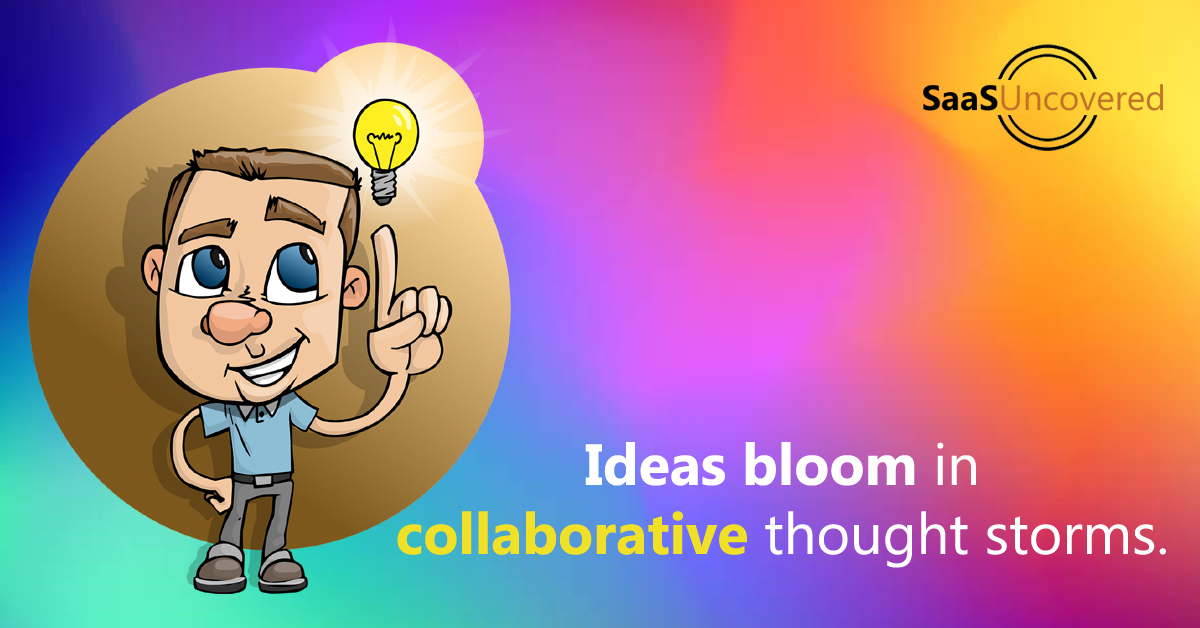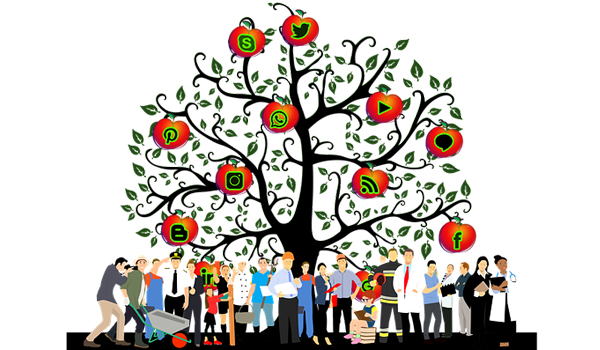Brainstorming
Brainstorming is an ideation method used by teams to generate creative ideas and potential solutions to problems.
Updated: October 16, 2023

Brainstorming is an ideation method used by teams to generate creative ideas and potential solutions to problems. Team members generally contribute ideas spontaneously and sometimes rapidly during a brainstorming session to develop a wide range of new and original ideas.
Visual collaboration platforms are used by many teams to communicate and collaborate in real time while conducting a brainstorming session in a remote environment. Features like whiteboarding, sticky notes, diagramming, commenting, and conferencing for effective and innovative collaboration are included in these tools.
Capturing ideas, discussing them, and choosing which to pursue are involved in most brainstorms. Brainwriting, Rapid ideation, Figure storming, Round robin, and Stepladder technique are different types of brainstorming techniques.
Creating space for diverse perspectives, generating many ideas in a short period, helps reduce dominant opinions and builds camaraderie and early buy-in are some of the key benefits teams can expect from conducting various types of brainstorms. Brainstorming is important for problem-solving through creativity and idea generation. Brainstorming can help teams to come up with a high volume of ideas.
Creating a judgment-free zone, focusing on quantity and not quality, encouraging teamwork and idea building and documenting everything are general set of best practices that should be followed by teams to get the most benefit from a brainstorming session.
Types of brainstorming techniques
- Traditional Brainstorming: Open, free-flowing idea generation without criticism.
- Mind Mapping: Visual method for exploring ideas and their relationships.
- Round-Robin Brainstorming: Team members take turns sharing ideas.
- Brainwriting: Written idea sharing to encourage creativity and reduce groupthink.
- SWOT Analysis: Focused on identifying strengths, weaknesses, opportunities, and threats.
- Role Storming: Participants take on different personas to generate diverse ideas.
- Reverse Brainstorming: Identifying ways to create a problem instead of solving one.
- SCAMPER Technique: A systematic approach to modifying and improving ideas.
- Stepladder Technique: Introducing new members one at a time to enhance idea diversity.
- Silent Brainstorming: Participants generate ideas silently and then share them.
- Six Thinking Hats: Edward de Bono's method, using different "hats" to explore various perspectives.
- Starbursting: Focusing on asking questions about a topic to generate ideas.
- Concept Fan: Expanding on a central concept or idea with related sub-ideas.
- Charette Procedure: Intensive design or brainstorming sessions involving stakeholders.
- Storyboarding: Creating a visual sequence to develop and organize ideas.



